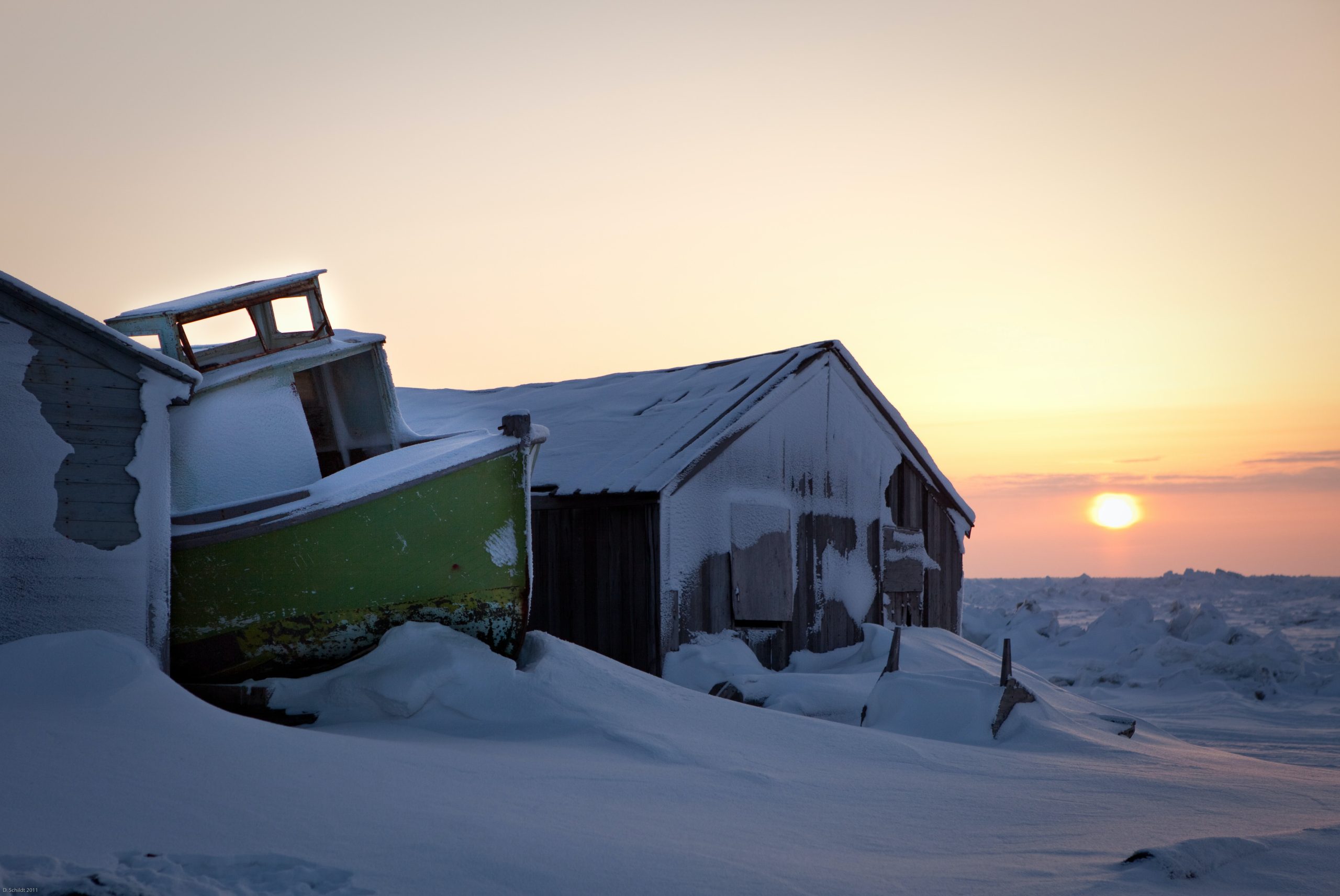
"Imagine sitting on your porch at midnight in midsummer, drinking a glass of beer, with the sun shining in the sky and lighting up the land. What an incredible daydream. For Utqiagvik (formerly known as Barrow), Alaska, this is not a dream, but an annual reality. This year, the sun will However, on the flip side, they experience two months of ominous darkness every winter."
"The northernmost city in North America, Utqiagvik, is a place only the toughest can endure. In addition to the two months of darkness, there are an average of 160 days per year below 0 degrees Fahrenheit. This bone-chilling environment features a permafrost layer that can extend 1,300 feet deep. The tundra has no natural trees and no access by road."
"These statistics may lead you to believe that Utqiagvik is a barren wasteland. On the contrary, there are, on average, 4,500 residents year-round who have a rich cultural and family life. These residents will join together in activities such as boat racing, playing sports, or working in their predominant industry, which is often gas or oil. In addition to the residents, the wildlife seen in Utqiagvik primarily consists of marine life. The most commonly seen wildlife are whales, walruses, seals, and polar bears."
Utqiagvik sits above the Arctic Circle where midsummer brings continuous sunlight and winter brings a prolonged polar night; in 2025–2026 the sun sets November 18 and returns January 22, a 64-day stretch without sun. Average temperatures include about 160 days below 0°F and permafrost reaching up to 1,300 feet beneath the tundra. The landscape lacks trees and road connections. Roughly 4,500 residents maintain a rich cultural life, engage in boat racing, sports, and work largely in gas and oil. Marine wildlife such as whales, walruses, seals, and polar bears are common, and subsistence activities like hunting and fishing are vital.
Read at SnowBrains
Unable to calculate read time
Collection
[
|
...
]